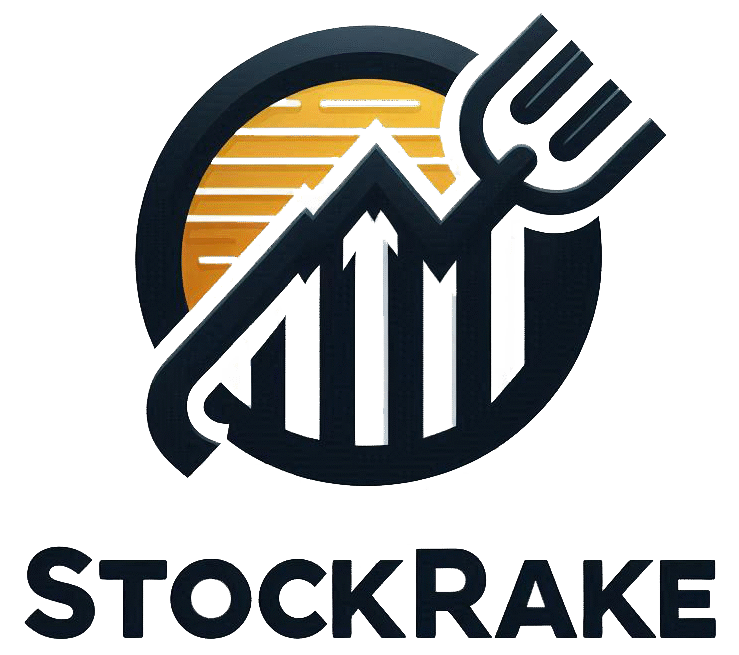Even though investors can get nervous about big headlines, U.S. stock markets have been hitting record highs throughout the summer of 2025. Yes, there was a rough patch between February and early April, when stocks fell sharply. But since then, investors have mostly brushed off the noise and focused on solid fundamentals. The S&P 500 has shown strong resilience during this time.
One major reason for the earlier market dip was concern over new tariff policies. “Core factors like steady consumer spending and strong corporate earnings are giving investors confidence,” explains Bill Merz, head of capital markets research at U.S. Bank Asset Management Group.
More Sectors Are Getting In on the Action
So far in 2025, the stock market is seeing broader participation. In 2023 and 2024, most of the S&P 500’s growth came from just a few big tech companies. But this year, other sectors—like industrials, utilities, and financials—are joining the winners’ circle.

Large-cap stocks are still leading the way, but the gap between them and mid- or small-cap stocks is getting smaller.
Tariffs Are Back in the Spotlight
Former President Trump’s shifting stance on tariffs is once again grabbing attention. After a big announcement on April 2, where he laid out new tariffs, the S&P 500 almost slipped into bear market territory (a 20% drop). But when the administration paused most of those tariffs, the market quickly bounced back.
Now, there’s talk of more steep tariffs coming by August 1—some could be as high as 25% to 40% on imports. As of June, the average U.S. tariff rate is nearing 10%. If no deals are made, that number could double, according to the Yale Budget Lab.
“Tariffs are targeting certain industries and trade practices,” says Rob Haworth, senior investment strategy director at U.S. Bank. “How we handle tariffs with big partners like Canada, Mexico, and the EU will be key.”
There’s still a lot of uncertainty about how these tariffs will affect the economy. Inflation hasn’t spiked yet, but there are early signs that consumer prices may begin to rise. “The big question is: will tariffs cause a lasting increase in prices?” asks Tom Hainlin, a national investment strategist at the bank.

Also Read: What Are the Best Dividend Stocks to Buy in 2025?
Inflation Is Creeping In

The latest Consumer Price Index (CPI) report for June shows a 2.7% rise over the past year, slightly higher than May. Also, most of the Federal Reserve’s 12 regional banks are reporting more cost pressures due to tariffs.
How Markets Are Responding to Policy Moves
Markets cheered a big tax and budget bill passed in early July. It extends the 2017 tax cuts and lifts the debt ceiling, adding more stimulus. But higher tariffs could offset some of the gains from these tax cuts—especially if consumers end up footing the bill.
Many companies still aren’t sure how tariffs will affect future profits. With stock prices continuing to climb, investors are wondering how long the rally can last. “Markets have been priced for perfection,” says Haworth. “But 25% tariffs are far from perfect.”

Also Read: What Is the S&P 500 and Why Does It Matter?
The Fed’s Role—and the President’s Frustration
Interest rate policy is also a hot topic. President Trump has criticized the Federal Reserve for not lowering rates further. After three cuts in late 2024, the Fed has held rates steady at 4.25%–4.50% in 2025.

The Fed expects to lower rates two more times this year, but markets are hoping for more aggressive cuts. Trump has even suggested replacing Fed Chair Jerome Powell when his term ends in May.
“The President wants lower rates—just like any borrower would,” says Hainlin. “But the Fed’s job is to balance full employment, price stability, and long-term rate stability. That creates some tension.”
Markets usually like lower interest rates, but if tariffs start driving up inflation, the Fed may have to proceed more cautiously.
Time to Review Your Investments
With markets experiencing ups and downs, it’s a good time to check if your portfolio still fits your goals and comfort level. Even though this year has seen big swings, that’s not unusual in investing.
Eric Freedman, chief investment officer at U.S. Bank, recommends focusing on long-term goals and avoiding the urge to time the market. “Stay invested, but make sure your investments match your needs,” he says. “If you need to adjust your strategy, do it gradually and wisely.”
If you’ve been sitting on cash and missed the rally, it’s not too late to get in. “Start small and spread out your investments,” says Haworth. “Markets hitting new highs often continue to move higher.”
This is a great time to reflect on your investment strategy. Make sure your portfolio matches your risk tolerance, time horizon, and long-term financial goals.

